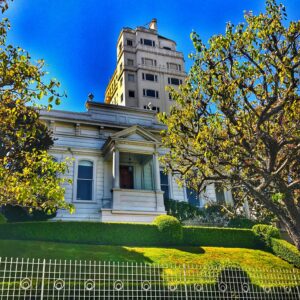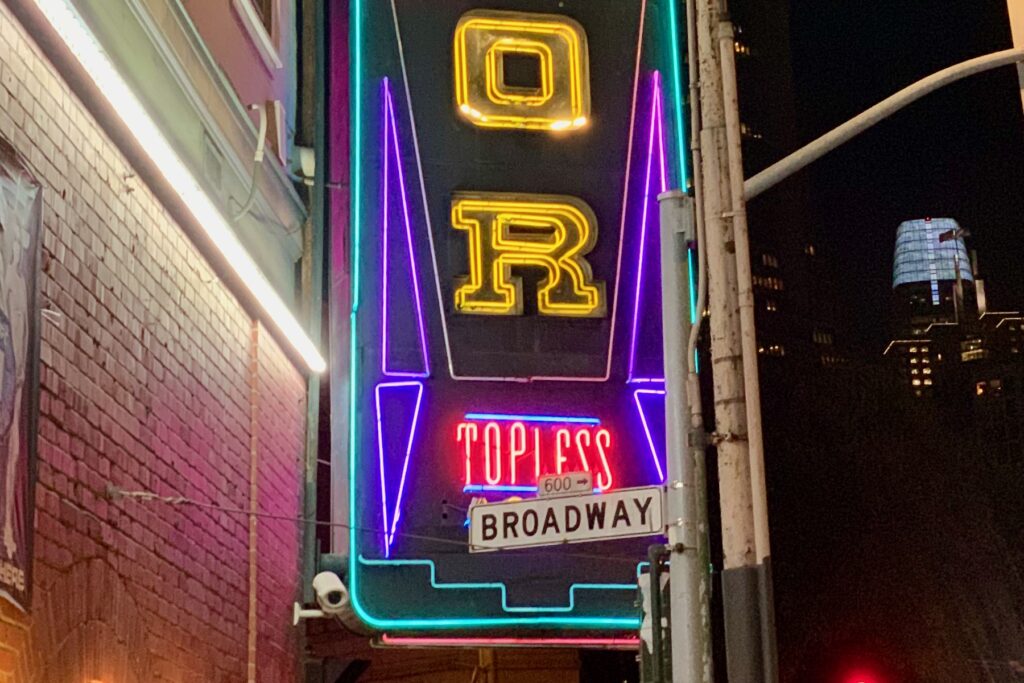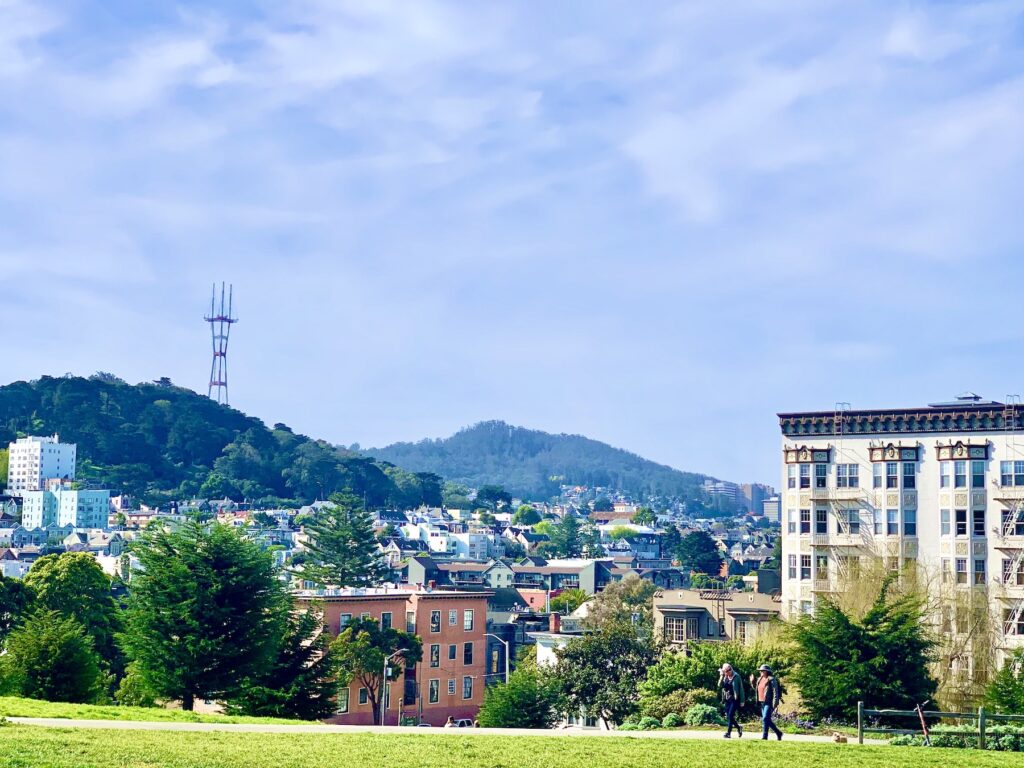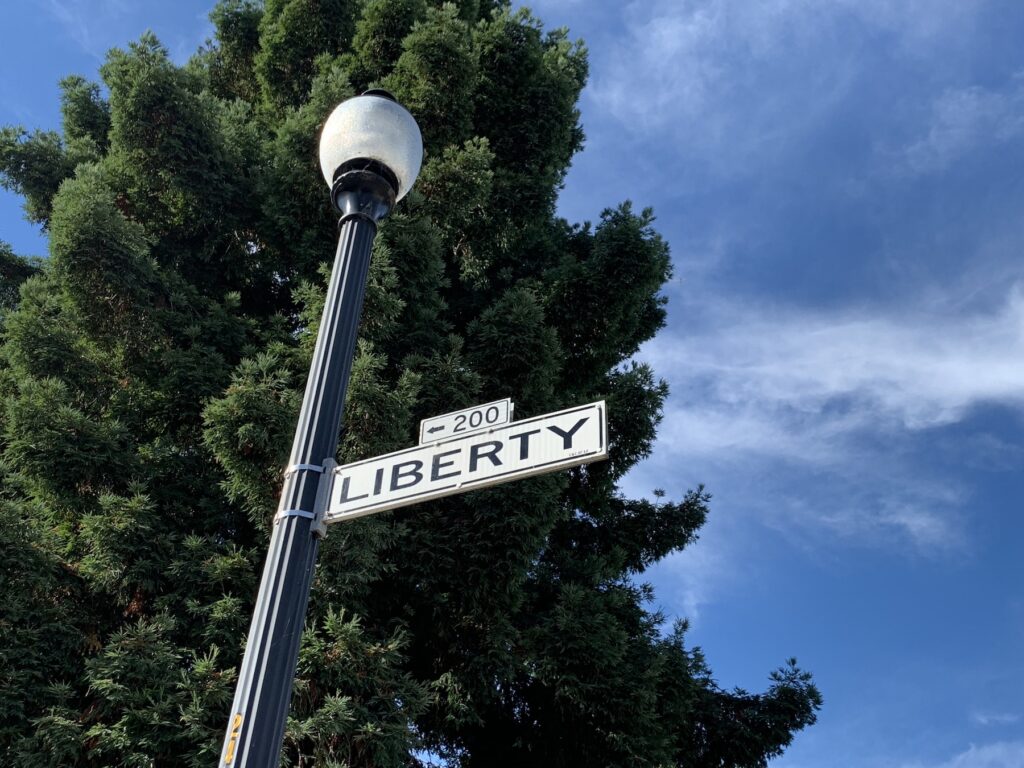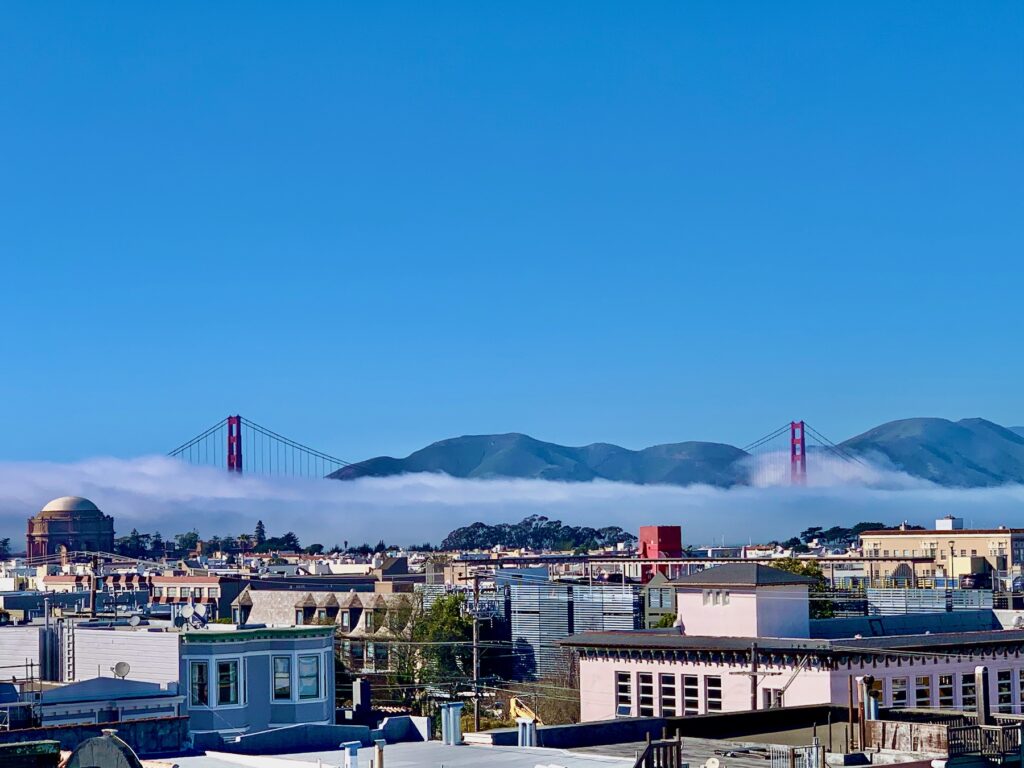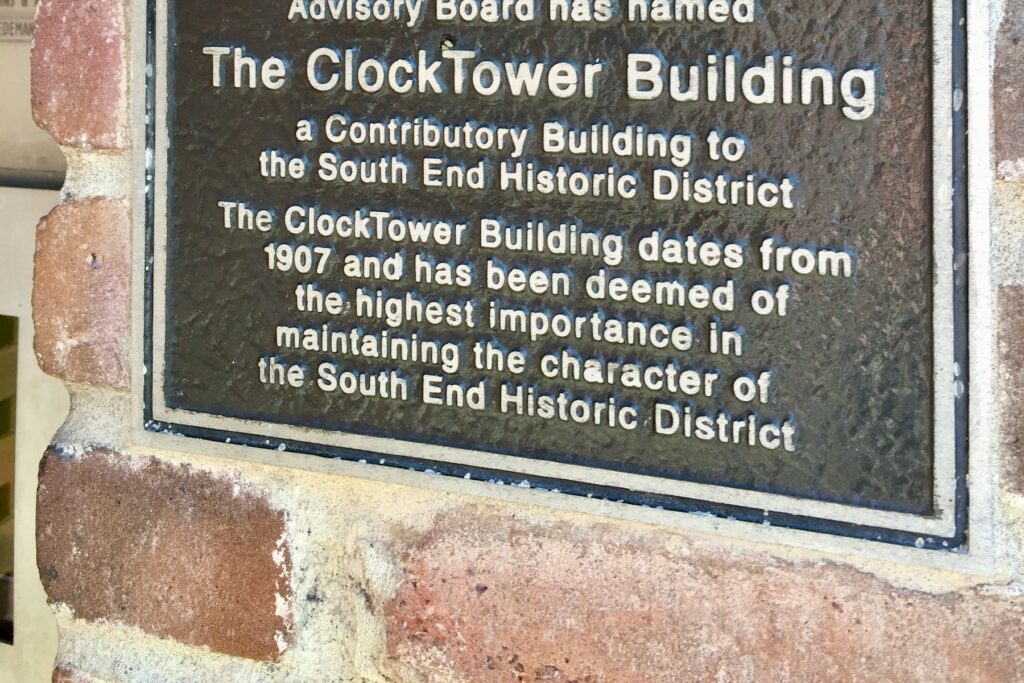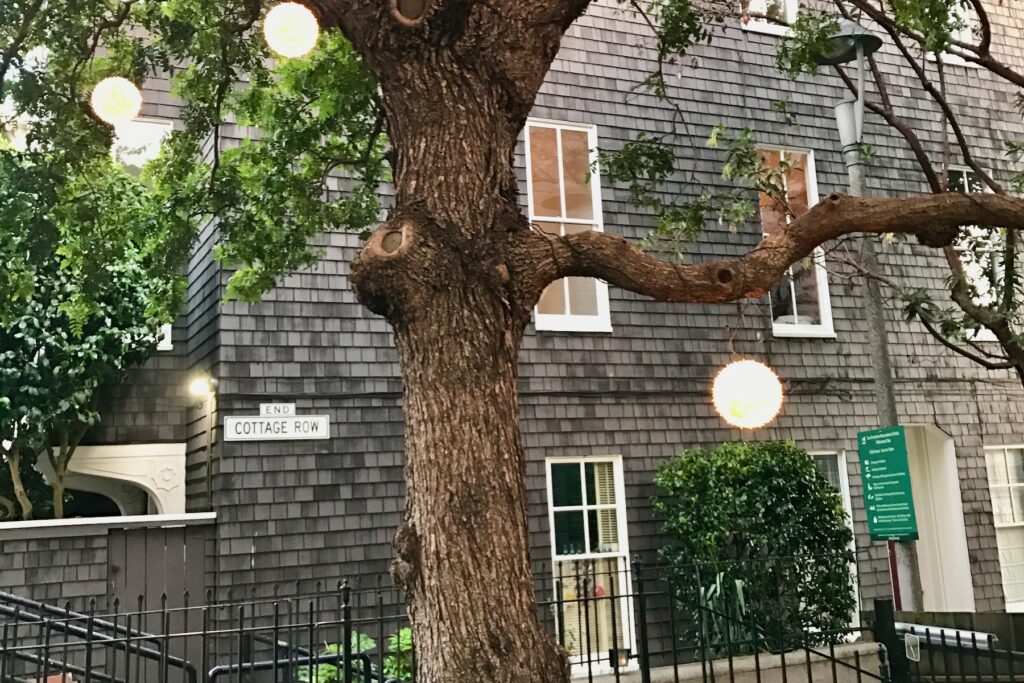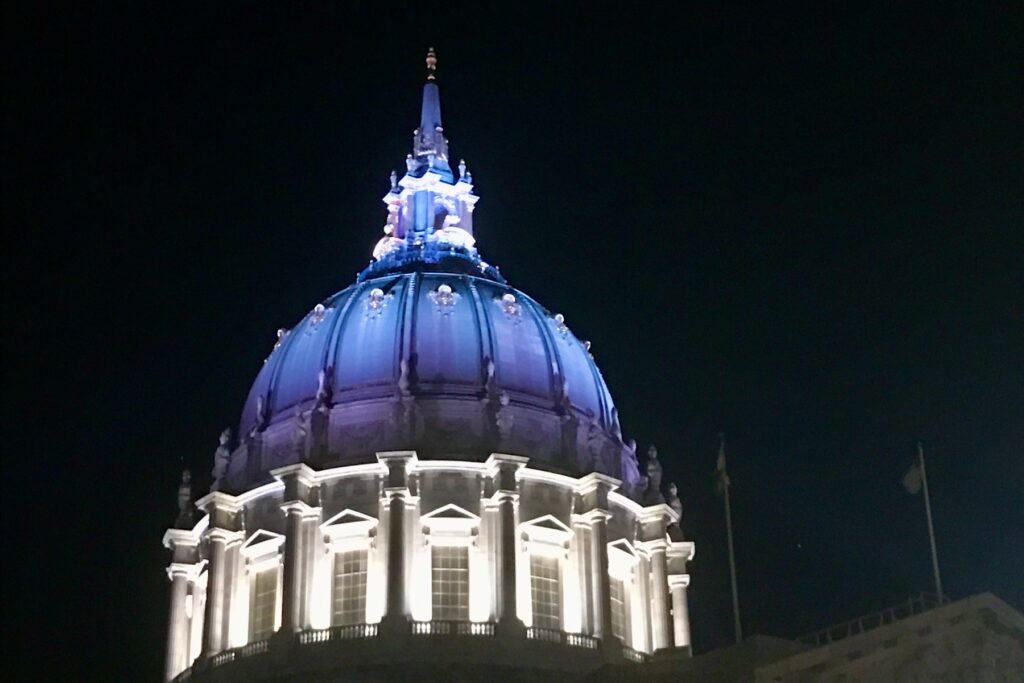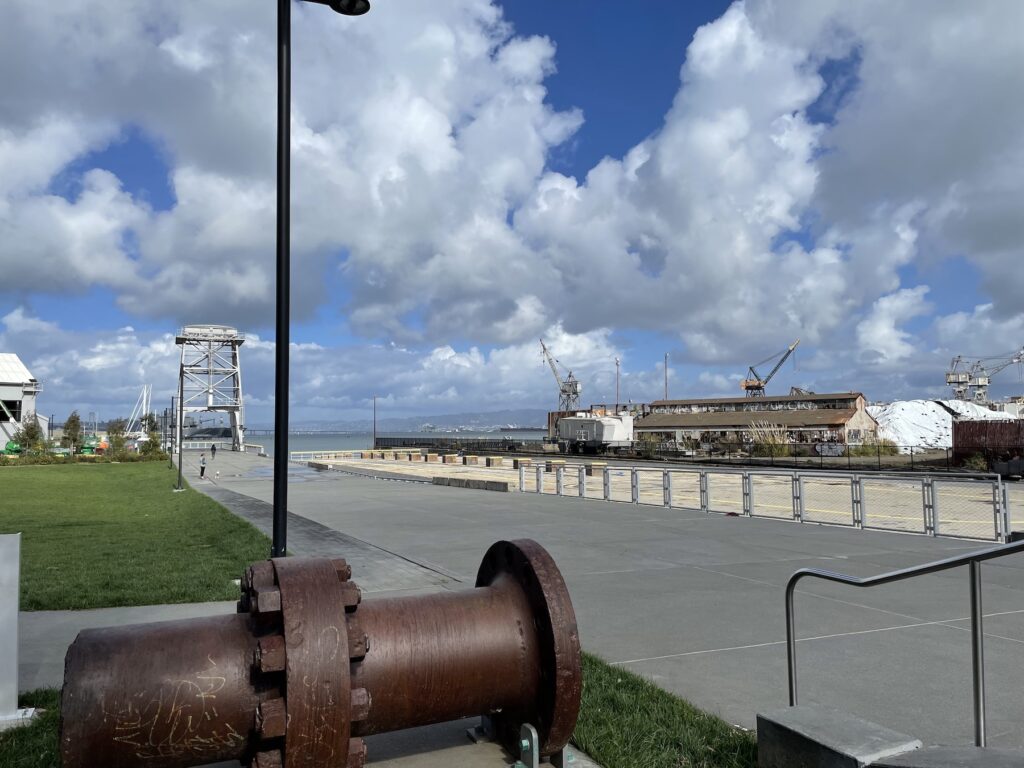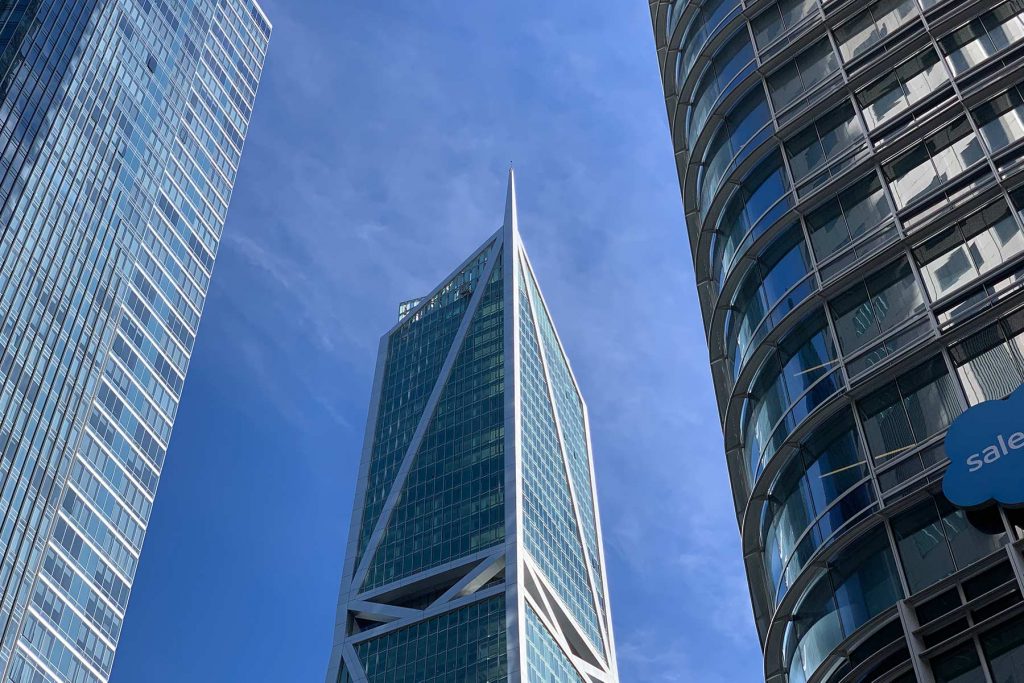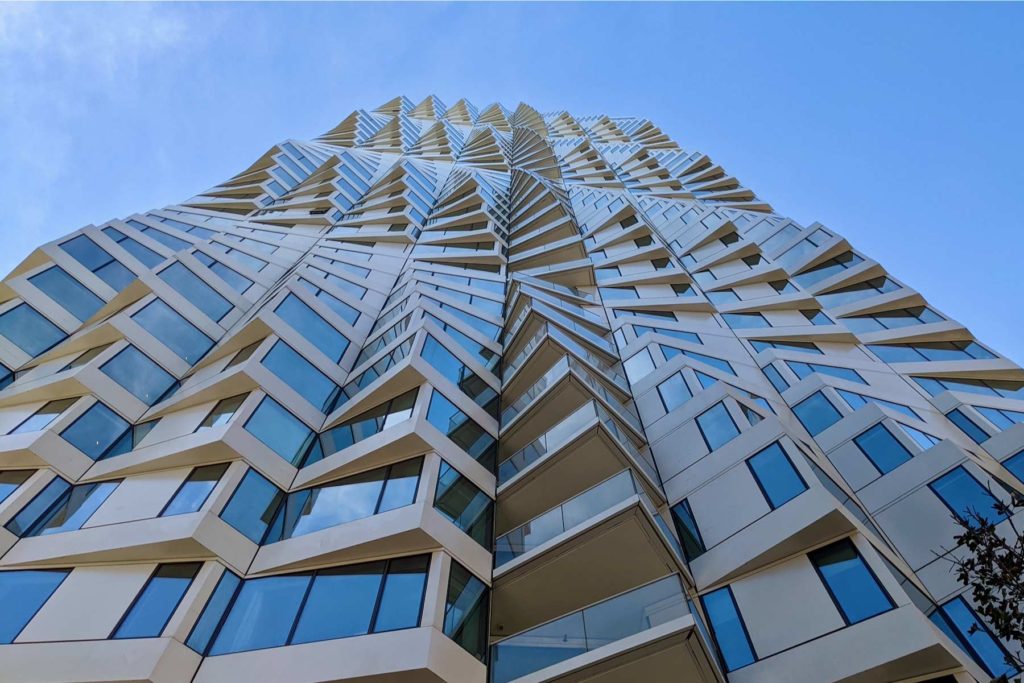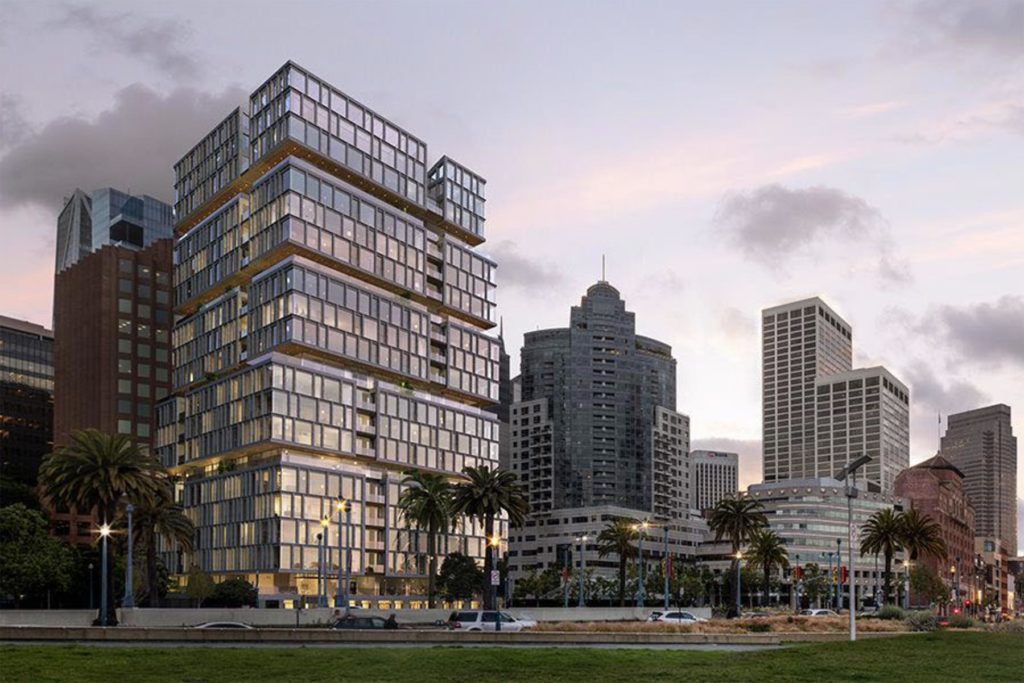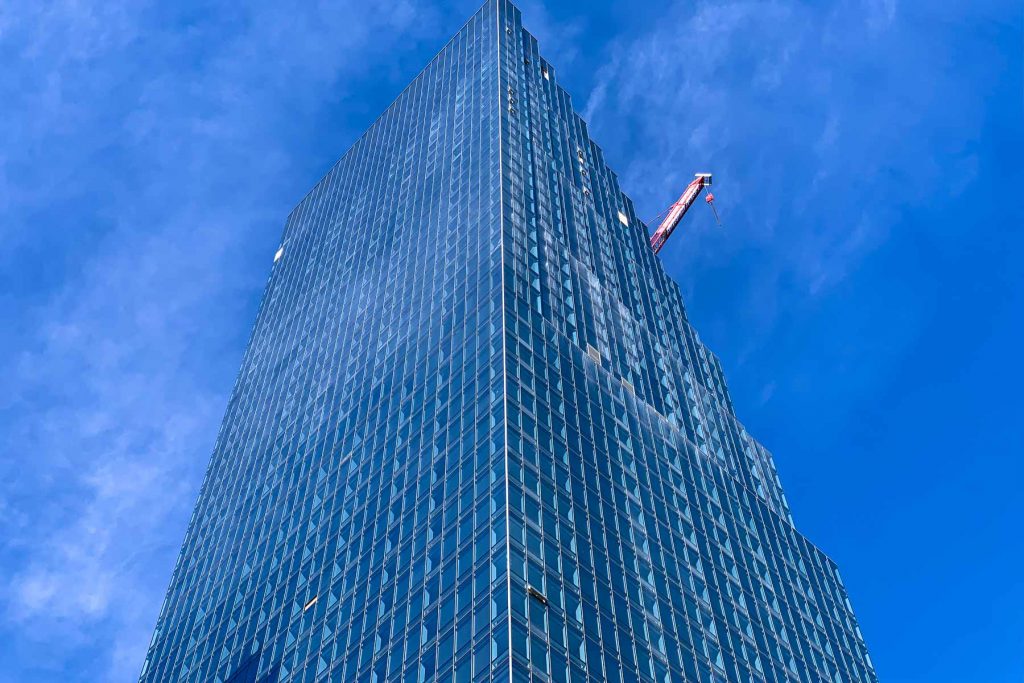San Francisco’s Historic Districts
Over the last three decades, San Francisco has created thirteen historic districts that highlight a group of resources worth protecting because they bring to life a time and bring context to SF’s rich historical past.
From warehouses in the mid-market area to national land trusts, they highlight a range of diverse neighborhoods from Civic Center to the Presidio National Park; the first business center in Jackson Square; industrial areas such as the Northeast Waterfront and the South End; and residential neighborhoods such as Telegraph Hill, Liberty Hill, Alamo Square, Bush Street-Cottage Row and Webster Street.
What is a Historic District in SF?
There are several key factors that designate a district in SF as being “historic”, such as:
- San Francisco defines historic districts as a group of resources (buildings, structures, sites, or objects) that have historical, architectural, and/or cultural significance.
- They are worth protecting because they show us a point in time in SF’s past, and give rich context.
- Usually, a historic district has a few architectural styles and types because it is based on a main theme or period of significance. For example, the theme for a proposed historic district could be “Late 19th-century Victorian housing, designed in the Queen Anne style.”
A large number of buildings in districts contribute to the understanding of how a neighborhood or area changed and developed through “integrity”. “Integrity” is the authenticity of physical characteristics from which resources obtain their significance. Integrity is the composite of seven qualities:
- location
- design
- setting
- materials
- workmanship
- feeling
- and association
When properties retain integrity, they can convey their association with events, people, and designs from San Francisco’s past. Resources lacking integrity are deemed incompatible or non-contributory. In general, only a small percentage of resources located within a historic district will be deemed incompatible or non-contributory. As an example, in a historic district for 19th-century architecture, a newly built building would be deemed non-contributory.
Where are the San Francisco Historic Districts?
Here is a list of San Francisco Historic Districts with descriptions and links to more information.
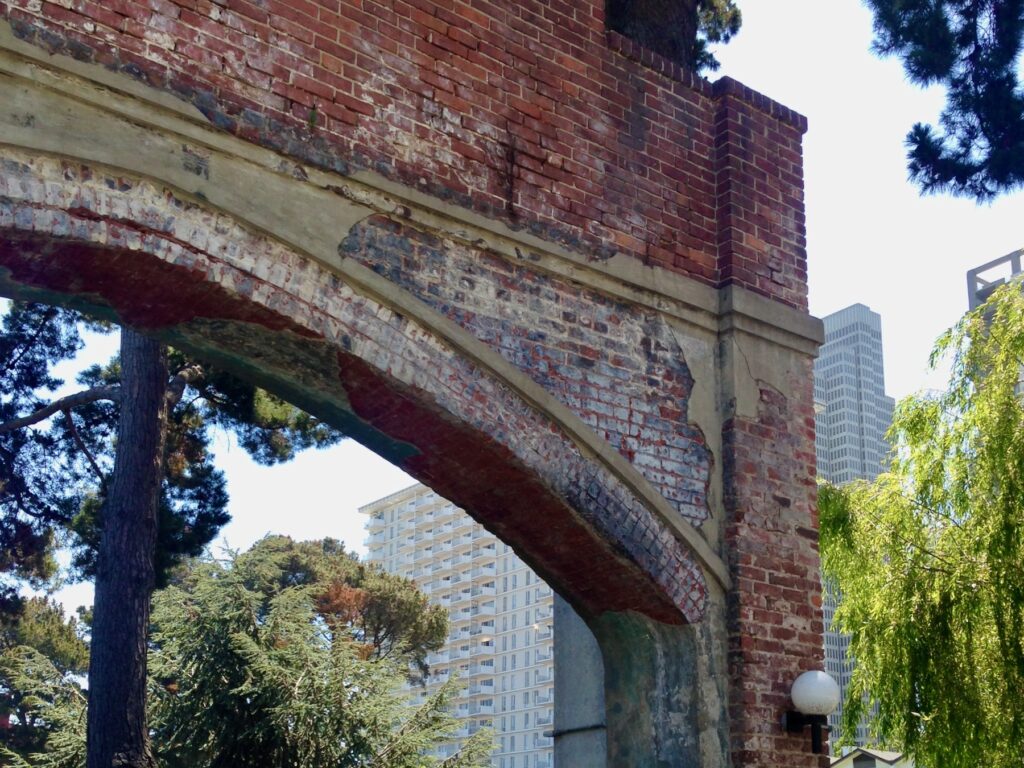
Jackson Square, San Francisco, CA
1. Jackson Square Historic District
Homes here are found in the Barbary Coast/Financial District neighborhood. Bounded by Broadway, Sansome, Washington, and Columbus Avenue and designated in 1972, San Francisco’s earliest surviving commercial area features commercial and mixed-use buildings, predominantly brick, erected in the 1850s to 1860s. Buildings are typically two- to three stories with commercial uses at the high ground story. Blocks: 8 Parcels: 82. Discover Jackson Street, a street we love so much we named half the company after it!
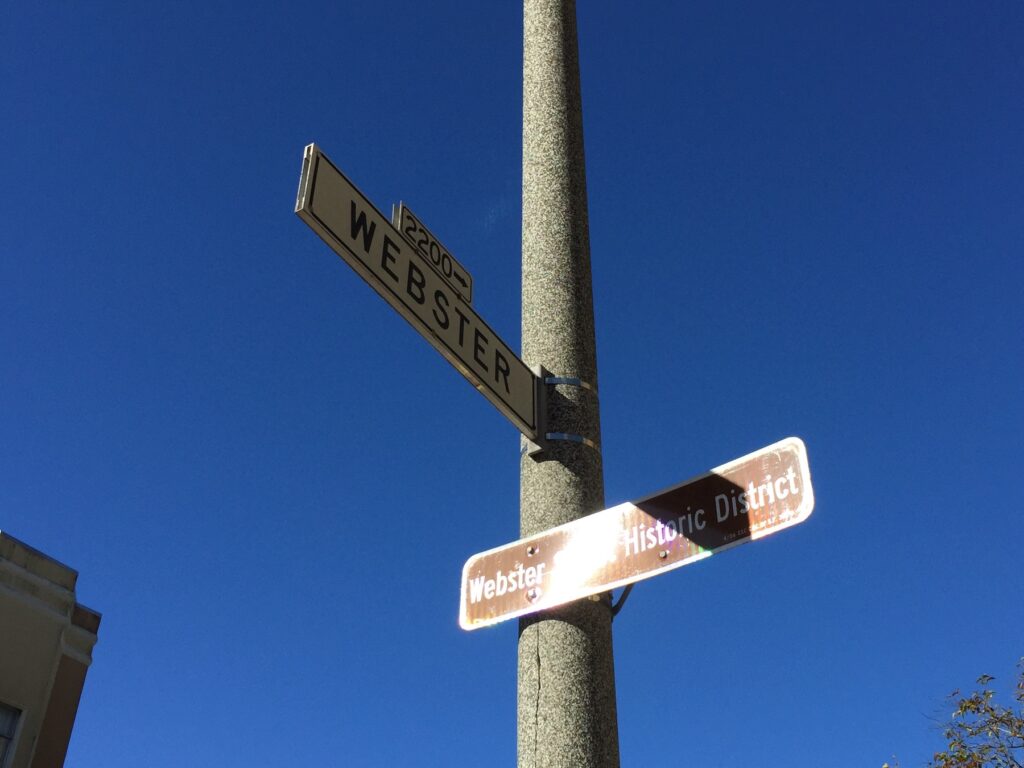
Webster St. Historic District
2. Webster Street Historic District
Homes here are found in the Pacific Heights neighborhood. Bounded by Jackson, Buchanan, Fillmore, and Clay Streets and designated in 1981, this residential historic district in the Western Addition features a unified collection of builder-developed residences designed in the Italianate style. The single-family residences and duplexes were designed for middle-income home buyers. Blocks: 3 Parcels: 25
3. Northeast Waterfront Historic District
Homes here are found in the SFAR MLS North Waterfront neighborhood. Bounded by Greenwich, Embarcadero, Montgomery Street, and Broadway and designated in 1983, this commercial and industrial historic district reflects waterfront storage and maritime activities, from the Gold Rush era to World War II. It features a large collection of warehouses and industrial buildings constructed of brick and reinforced concrete. Blocks: 9 Parcels: 53.
4. Alamo Square Historic District
Homes here are found in the SFAR MLS Alamo Square neighborhood. Bounded by Golden Gate Avenue, Divisadero, Webster, and Fell Streets and designated in 1984, this large residential historic district is clustered around Alamo Square in the Western Addition. It features richly ornamented houses and flats, designed in a range of Victorian- and Edwardian-era styles, primarily for businessmen and the upper-middle-class home buyer. Alamo Square Park is also a contributing feature. Blocks: 16 Parcels: 281
5. Liberty Hill Historic District
Homes here are found in the Dolores Heights/Eureka Valley neighborhood. Bounded by 20th, Mission, Dolores, and 22nd Streets and designated in 1985, this Mission District historic district features Victorian-era residences designed primarily in the Italianate, Stick, and Queen Anne styles. It contains a mix of uniform developer-built tracts for the working class and larger, custom-designed residences for middle-income home buyers. It includes mixed-use buildings, primarily along Valencia Street, that feature ground-level retail spaces. Blocks: 10 Parcels: 298.

6. Telegraph Hill Historic District
Homes here are found in the SFAR MLS Telegraph Hill neighborhood. Bounded by Greenwich, Sansome, Montgomery, and Green Streets and designated in 1986, this eclectic hillside historic district features the largest concentration of pre-1870s buildings in San Francisco. The residential district features small-scale dwellings accessible only via narrow pedestrian-only lanes and staircases, as well as larger, iconic Modern buildings such as Richard Neutra’s Kahn House and the Streamline Moderne Malloch Apartment Building. Blocks: 6 Parcels: 90.
7. Blackstone Court Historic District
Homes here are found in the SFAR MLS Cow Hollow neighborhood. Bounded by Lombard, Franklin, Gough, and Greenwich Streets and designated in 1987, the significance of this tiny mid-block residential district is more historical than architectural. It is centered around the now-filled Washerwoman’s Lagoon. The lot lines, small houses, and location on a pre-Gold Rush trail present a unique physical expression of pre-1906 development in the Marina District. Blocks: 1 Parcels: 4.
8. South End Historic District
Homes here are found in the SFAR MLS South Beach neighborhood. Bounded by Stillman, First, Ritch, and King Streets and designated in 1990, this industrial and warehouse historic district features a collection of single- and multi-story warehouses. Constructed of brick and reinforced concrete, the warehouses are associated with maritime and rail activities. The majority of buildings were erected between 1906 and 1929. Blocks: 6 Parcels: 84.
9. Bush Street Cottage Row Historic District
Homes here are found in the SFAR MLS Lower Pacific Heights neighborhood. Bounded by Bush, Webster, Fillmore, and Sutter Streets and designated in 1991, the historic district is comprised of residential buildings – primarily of flat front Italianate and Stick design – plus a walkway and a small park. Located in the Japantown neighborhood, the buildings are relatively small-scale and a uniform two stories in height. In the 1930s, the walkway was commonly known as “Japan Street” due to the neighborhood’s large population of Japanese-American residents. Blocks: 2 Parcels: 23. More information from SF Planning.
10. Civic Center Historic District
Homes here are found in the SFAR MLS Civic Center neighborhood. Bounded by Market, Fell, Franklin, Golden Gate and Jones and designated in 1996, the Civic Center historic district consists of monumental institutional buildings flanking a central open space, as well as nearby large-scale commercial and apartment buildings. Civic Center institutional buildings are unified in a Beaux Arts Classical design, described as “American Renaissance.” The Civic Center Plaza is a contributing feature. Blocks: 15 Parcels: 61
11. Dogpatch Historic District
Homes here are found in the SFAR MLS Dogpatch neighborhood.Bounded by Mariposa, Tubbs, 3rd, and Indiana Streets and designated in 2003, this historic district features the oldest enclave of industrial workers’ housing in San Francisco. It is located to the east of Potrero Hill in the Central Waterfront district. The small-scale Victorian-era cottages and flats housed workers from the shipyards and maritime-related industries of the adjacent Potrero Point. Also included are several industrial, commercial and civic buildings.
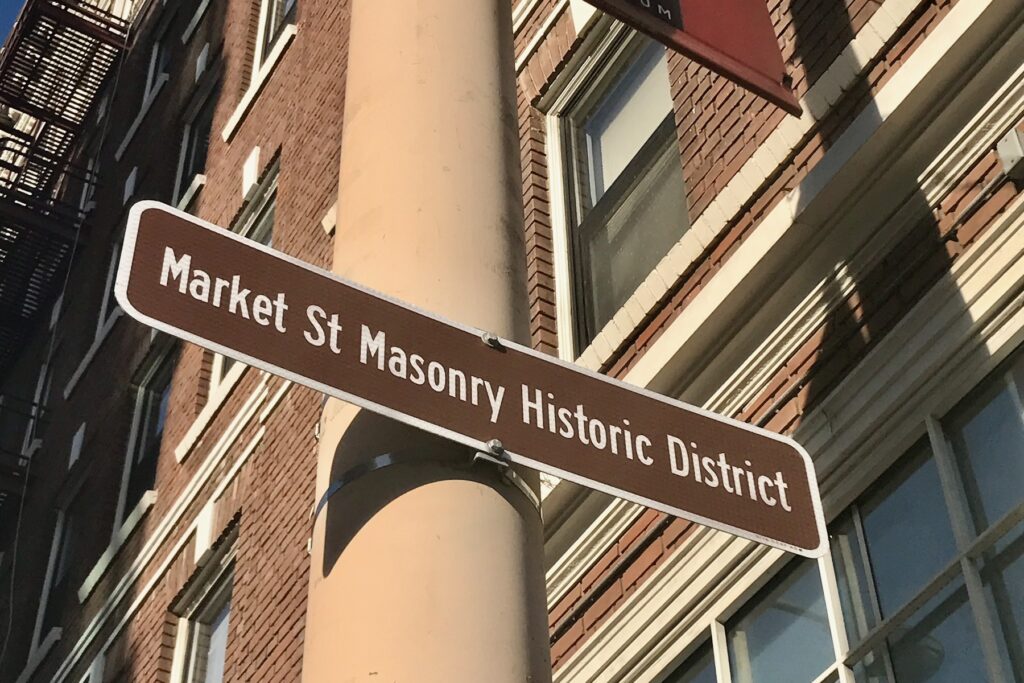
Market St. Masonry Historic District
12. Market Street Masonry Historic District
Homes here are found in the SFAR MLS South of Market or Hayes Valley neighborhoods.
A discontiguous district of 8 structures built between 1911 and 1925. Each building is constructed of reinforced concrete or a combination of brick and reinforced concrete. All are designed by San Francisco master architects. More information from SF Planning.
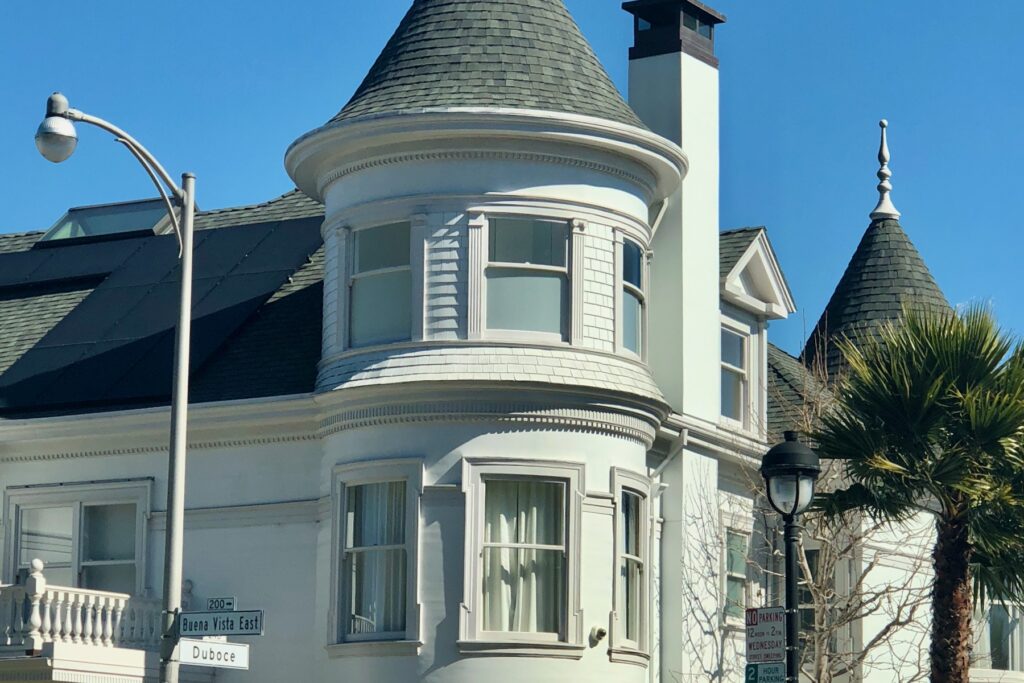
Duboce Park Historic District
13. Duboce Park Historic District
Homes here are found in the SFAR MLS Duboce Triangle neighborhood. Residential area featuring well-preserved Victorian- and Edwardian-era homes, many in the Queen Anne style. The district includes Duboce Park.
Looking to Buy a Home in a San Francisco Historic District? Jackson Fuller Can Help.
Jackson Fuller Real Estate is an invaluable resource for those looking to buy or sell homes in San Francisco. Our team offers expertise and personalized service, assisting clients in finding the right property or navigating the complex process of selling real estate in San Francisco. Reach out for guidance and support in your San Francisco real estate journey. Speak to an agent now or whenever you are ready!
San Francisco Historic District FAQs
1. How does a neighborhood become a historic district in San Francisco?
Rally Support: Get a majority of property owners in your area on board with preserving its historic character. Meet the Criteria: Ensure your neighborhood holds historical significance, like unique architecture, important events, or famous residents.Start the Process: Submit an application to the Planning Department or gain support from city bodies like the Historic Preservation Commission. Build Your Case: Prepare compelling documentation showcasing your area’s historical value, including photos, maps, archival records, and expert assessments. Public Hearings: Present your application and address questions at public hearings. Approval Process: City commissions and the Board of Supervisors review and vote on your application.Designation: Upon successful approval, your neighborhood becomes an official historic district with specific preservation regulations.
2. What are some of the oldest San Francisco historic buildings?
The Presidio Officers’ Club: Established around 1847, it boasts elements of the original Spanish Presidio adobe walls, creating a unique blend of history and evolution. Originally housing military officers, it’s now a charming restaurant where you can almost hear whispers of bygone eras.
1111 Oak Street: Nicknamed the “Phelps House,” this 1851 beauty holds a romantic tale. Legend has it, a homesick wife yearned for a piece of New Orleans, prompting her husband to have their house shipped, piece by piece, across the continent! It stands today as the oldest unaltered home in San Francisco, whispering stories of love and ingenuity.
The Old Mint: Opened in 1874, its imposing granite facade housed the production of millions of coins, including the iconic San Francisco Mint gold pieces. Now a museum, it echoes with the clinking of presses and the weight of financial history.
The Ghirardelli Square Building: Constructed in 1869, this chocolate-lovers paradise was originally a chocolate factory. Its Italianate architecture and iconic clock tower stand as a delicious reminder of San Francisco’s industrial past and sweet present.
3. What is the oldest surviving building in San Francisco?
The crown for oldest goes to Mission Dolores, lovingly nicknamed “Mission Dolores Basilica.” Founded in 1776 (yes, the same year as the Declaration of Independence!) by Spanish missionaries, it initially served as a humble adobe chapel. Today, its adobe walls, built between 1782-1791, stand tall, a testament to resilience. Witnessing centuries of history, it saw California under Spanish, Mexican, and American flags. It served as a refuge for Native Americans, a cultural hub, and even a voting poll during elections. Though scarred by the 1906 earthquake, it remains a vibrant church and a beloved landmark, telling the story of San Francisco’s diverse past and vibrant present.
Transbay CFD Buildings
photo credit/copyright: Matt Fuller
